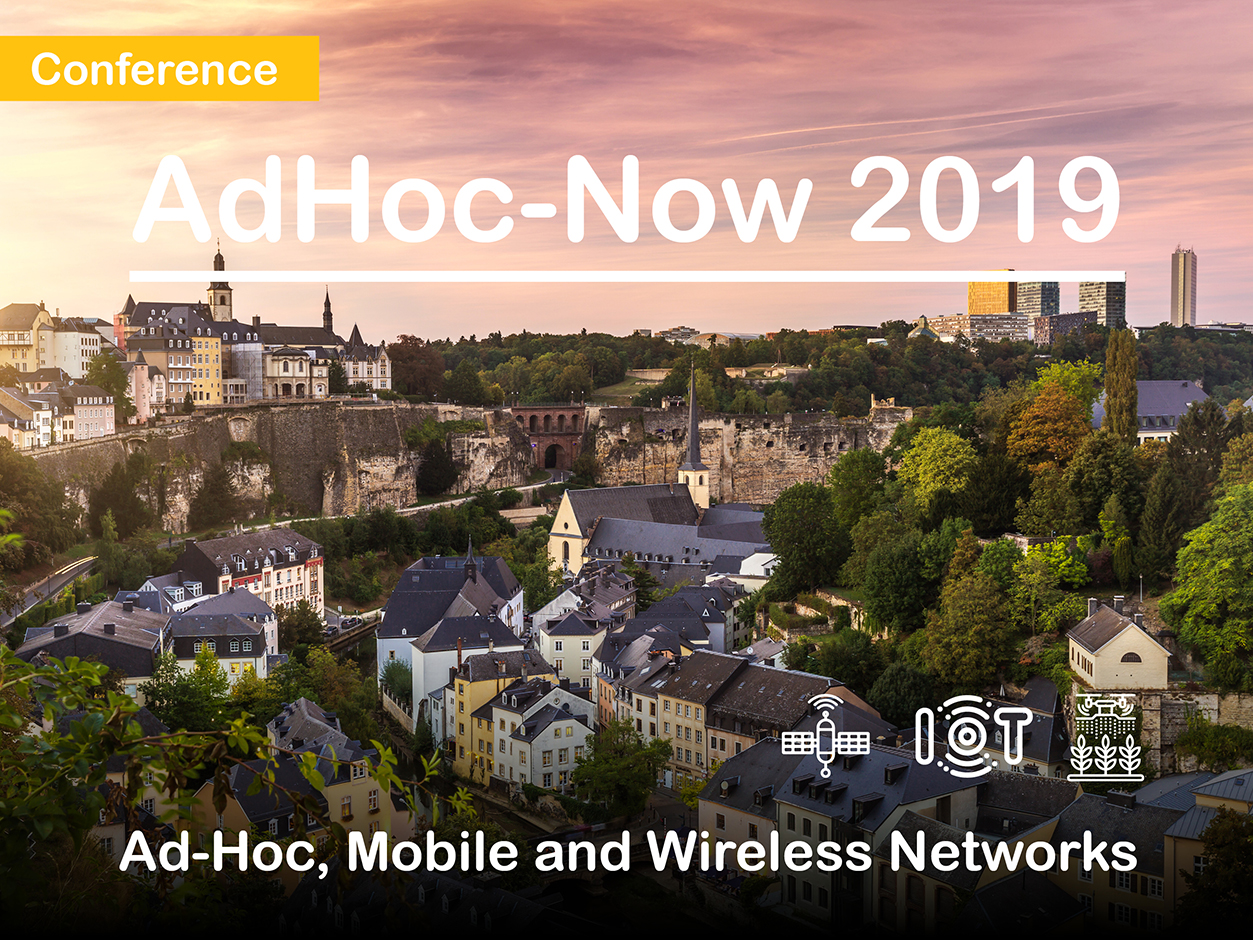How the IoT can enable environmental sustainability
Published on 18/10/2019
Over three days, LIST welcomed Information and Communication Technologies (ICT) and Satellite Communication (SATCOM) experts from academia and industry to Luxembourg. Around 60 participants from all around the word shared their expertise and views on the current and future status of IoT applications. The key role played by satellites in the upcoming 5G hybrid satellite-terrestrial networks was also highlighted.
Smart tramways: a live example of a tracking system at citywide range
Networks of sensors are key components of the Internet of Things. Cheap battery-powered sensors are transforming science and technology and the way they are applied to smart agriculture and environmental monitoring. The AdHoc-Now conference provided the opportunity to see a live example of how sensors can help improve the monitoring of mobility at citywide range. Engineer Sebastian Barillaro, in collaboration with LuxTram, installed an end-to-end mobile asset tracking system, adopting the IoT LPWAN (Low Power Wide Area Networks) technology.
To do this, he deployed the entire stand-alone infrastructure, including a LoRa gateway installed on one of the highest balconies of the Melia Hotel (the conference venue), several mobile LoRa equipment, installed in the LuxTram tram wagons, and a network and application server, running on a laptop. During his speech, he showed the mobility of the trams in real-time on a tracking system dashboard: a concrete example of how an emerging technology can enable environmental sustainability by improving the way we monitor it.







